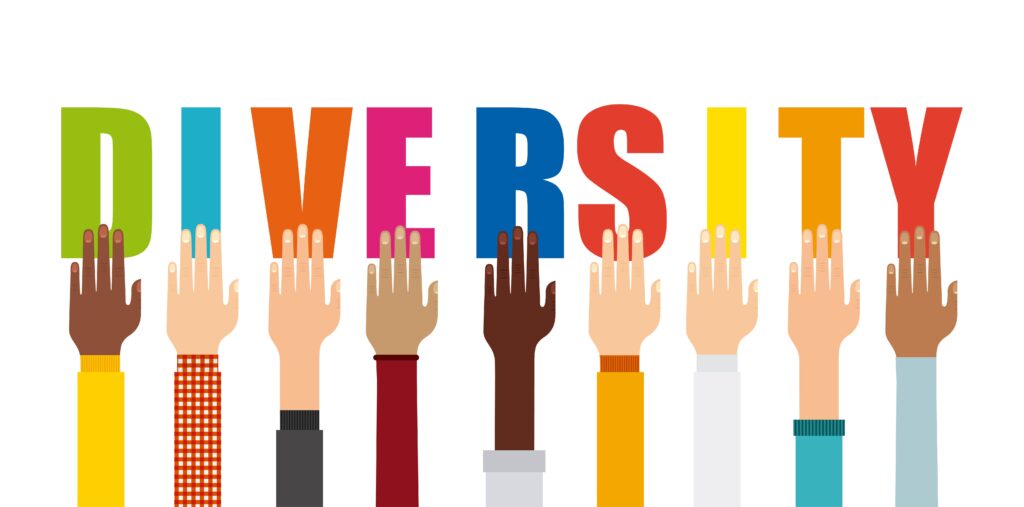
How AI can diversify your talent pool with non-traditional candidates
Progressive organisations recognise that talent is not limited to gender identities, socio-economic statuses, levels of education, ethnicities or age. Any organisation that looks for underrepresented talent and embraces diversity is sure to succeed. In fact, research indicates that organisations that exhibit diversity in their senior leadership attract the best talent and frequently outperform the competition. Similarly, organisations with the highest diversity in gender, ethnicity and culture have been known to perform better. This need for diversity has not gone unrecognised. A Gartner report shows that 96 per cent of CEOs consider diversity, equity and inclusion (DEI) to be a strategic priority.
AI can make diversity possible
An effective way to diversify an organisation’s talent pool is by leveraging technology, especially artificial intelligence (AI), to identify and engage with non-traditional candidates. These are individuals who may not have followed a traditional career path or may possess unique skills, education and experiences that are not typically included in an organisation’s talent pool. Many such candidates are overlooked or excluded by traditional hiring methods. AI can help organisations tap into this diverse talent pool and bring fresh perspectives and ideas to their teams.
Building a talent pool with non-traditional candidates
The change must begin early, and that would mean posting unbiased job descriptions.
-
Create unbiased job descriptions
Job descriptions are frequently biassed in terms of experience and education. They almost immediately eliminate a fraction of eligible candidates. AI can be implemented at this stage to effectively widen the talent pool. AI algorithms can analyse the job descriptions and give each an ‘inclusivity score’ so that organisations can make changes if required.
-
Identify non-traditional candidates
AI-powered tools can analyse various data sources to identify candidates who may not have traditional qualifications but possess the skills and attributes needed for a specific role. For example, AI can analyse social media profiles, online portfolios and professional networks to identify such individuals. Additionally, AI search algorithms can analyse resumes to identify skills and experiences that may not fit into the advertised roles perfectly but the candidates may have other professional skills that could be transferred.
-
Remove bias from the assessment process
Biases, whether intentional or not, creep into talent search processes and can hinder efforts to hire, promote and recognise diverse employees. One of the key advantages of using AI is its ability to remove bias and create an inclusive workforce. Traditional recruitment methods often rely on subjective judgements that can exclude qualified candidates from underrepresented groups.
AI, on the other hand, can assess candidates based on their skills and experiences, rather than factors such as gender, race or age. Next-gen AI technologies can mask attributes such as ethnicity, gender and all potential pieces of bias on resumes so that only objective data points are used to assess potential employees. Depending on the requirements, big data analytics and predictive modelling can be combined to help recruiters assess a candidate’s ability to succeed in a role.
-
Engage with candidates
Once the candidates have been identified, AI can help organisations engage with them in a meaningful way. This could involve personalised outreach based on the candidate’s interests and experiences, or providing relevant information about the organisation and the role. AI-powered chatbots can also be used to provide support to candidates.
-
Create a more inclusive work environment
By diversifying the talent pool, organisations can create an inclusive work environment that values diversity of thought and experience. This can lead to greater innovation and creativity within the organisation, as employees from different backgrounds are sure to offer unique perspectives.
-
Boost retention and employee satisfaction
Diverse teams are often more engaged, leading to lower turnover rates and higher levels of productivity. By diversifying, organisations can create a more inclusive and supportive work environment that encourages all employees to thrive. However, that requires some effort. Team leaders must be trained to spot any work habits and skills that new recruits are not familiar with. Support groups can be set up. Opportunities for growth must be made visible and if needed, certain established practices may need to be tweaked.
Way forward
Integrating diversity into the organisational structure should be an ongoing process. AI undoubtedly has the potential to significantly diversify talent pools. However, diversity cannot be an AI function alone. Leaders must ensure that hiring processes are fair and all applicants get the same opportunity. Hiring managers must be made aware about how biases creep in and how to eliminate them.
At HirePro, we have turned the science of recruitment into an art form. Our AI-powered recruitment platform has been helping businesses navigate the intricate phases of building a talent pipeline and recruiting the best-fit candidates by leveraging innovation and next-gen intelligence.
